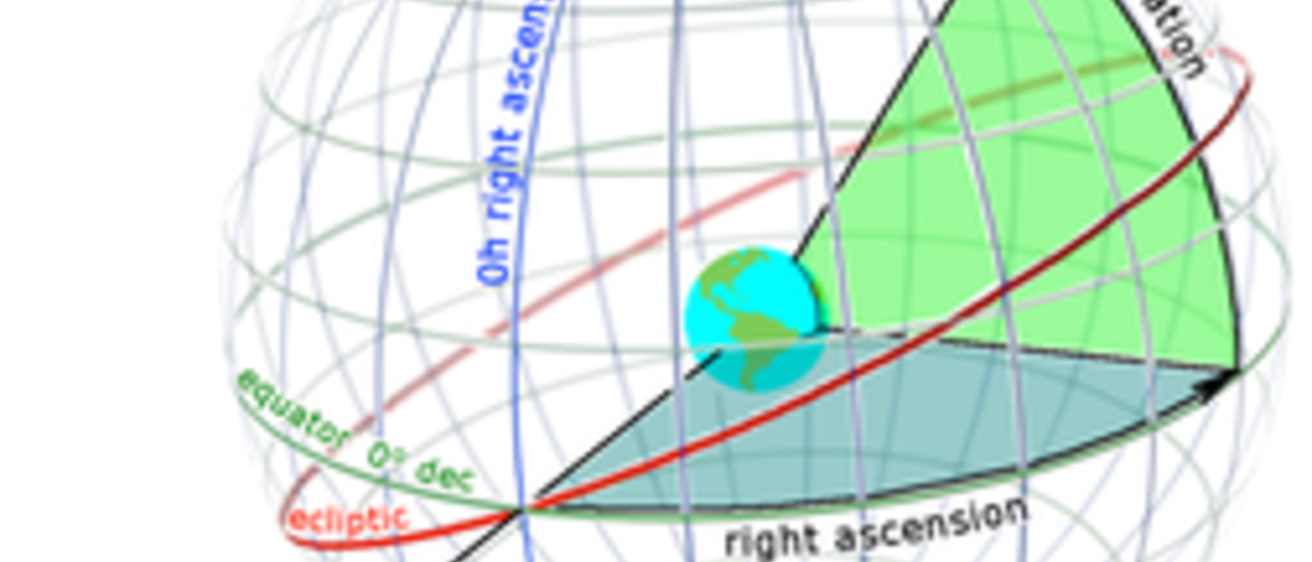Magnitudes of Stars
Brightness of stars are described by magnitudes. The smaller the number, the brighter the star. The SC1 shows the magnitudes of stars by the size of the dot representing the star. The correspondence between the magnitude of a star and the size of its plotted symbol is shown in the scale on the lower right edge of the chart. Note that the brightest stars like Sirius and Betelgeuse have magnitude around 0, while the faintest ones visible to the eye have magnitudes of about 5-6. The stars in the Big Dipper are second magnitude, meaning magnitudes between 1 and 2.
